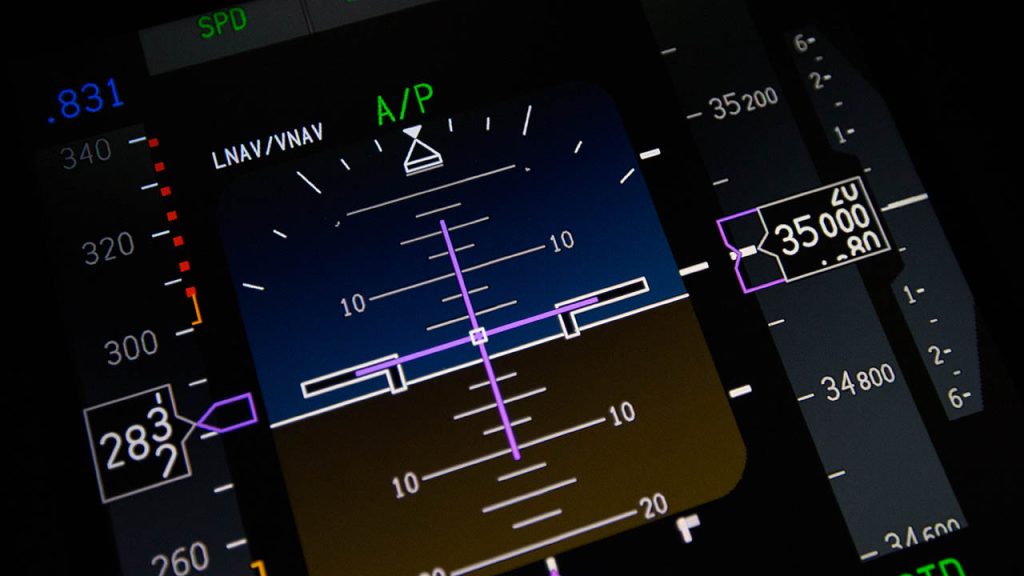Too many cooks in the… cockpit?
Whether you call him George, Mike, or Otto, having assistance in the cockpit for long flights or heavy workload situations can be extremely helpful and sometimes necessary. Read on for what you should or should not do when in comes to this in-flight tool.
Autopilot characteristics.
Although each autopilot works differently, there are a handful of functions each machine does similarly. The most common of these being the fact that they all possess a way to determine the airplane’s attitude and all provide a means to increase efficiency in the cockpit. However, some basic understanding is required in order to fully realize the benefits they can provide and avoid the “what’s it doing now” question.
Do and Don’t List.
Do:
- Read the flight manual. Not only will this ensure you understand how the device works, but you’ll learn what you need to do manipulate the device in order to get the desired response.
- Learn how to turn autopilot off. Seems like a pretty basic suggestion, but a number of accidents have occured because pilots are unaware of how to turn off their autopilot. Many of them feature a red button on the device to disarm autopilot. Locate and practice shutting the device fully off so as to avoid accidents in critical situations.
- Remember to turn it off. This goes hand-in-hand with the previous bullet, but the aforementioned accidents also involve pilots attempting to override the autopilot without first disengaging it.

Don’t:
- Fight the autopilot. If the autopilot isn’t working the way you want it to, turn off the tool and revert to flying the airplane by hand.
- Skip autopilot maintenance. A misaligned box can cause poor readings and unusual attitudes during turbulence. Be sure to have the autopilot regularly inspected to catch and correct these issues.
- Overly rely on it. Don’t set it and forget it. Just like other instruments, it should be monitored to ensure it’s set up correctly and doing what you want it to do. Whether just a basic wing-leveler, coupled to the GPS, or integrated into a larger avionics suite, it only does as it’s told – which should be a good thing, but its output is only as good as the respective input.
Maintain control and monitor the autopilot – become familiar with its operating modes as well as failure modes and associated actions. If you have a disagreement, exercise the option to disengage and fly by hand. Remembering these basic tips can help you and George have a smoother, easier, and more respectful relationship.
RELATED READING
RELATED CTS TRAINING










